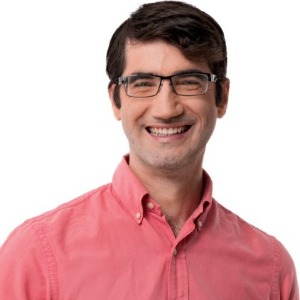Title: Enhancing clear aligner therapy through precise attachment placement
Abstract:
Clear aligner therapy (CAT) has revolutionised orthodontic treatment, providing an aesthetically pleasing and effective alternative for correcting malocclusions. Composite resin attachments are central to CAT’s success, enhancing aligner retention and facilitating complex orthodontic tooth movements (OTM) like extrusion, rotation, and torque. However, inaccuracies in attachment placement- volumetric, locational, and abrasion-related defects- can compromise treatment outcomes by altering force vectors and the fit of the aligner. This presentation introduces a novel method for assessing, evaluating, and classifying attachment defects, as detailed in recent research (Nash et al., Aust Orthod J 2025). By leveraging intra-oral scanning and 3D stereolithography (STL) superimposition, this method quantifies attachment accuracy against computer-aided design (CAD) plans, identifying defects like overfill, underfill, bowing, and bonding errors. We present practical clinical strategies to minimise attachment discrepancies, including precise etch and bond application, consistent template filling, and the use of high-wear-resistance composites. We also explore biomechanical considerations, prioritising conventional attachment shapes (e.g., rectangular or vertical) for multi-directional movements and optimising aligner trimming lines for better force transmission. These techniques aim to align clinical outcomes with digital treatment plans, enhancing CAT efficacy. Attendees will gain actionable insights into improving attachment placement accuracy, supported by evidence-based protocols, to increase treatment predictability and patient outcomes in clear aligner therapy.




